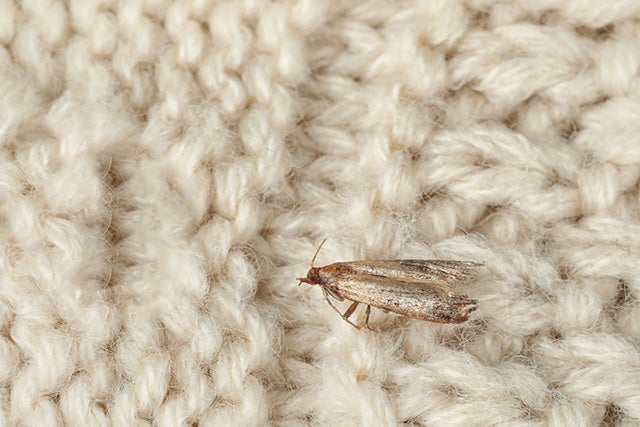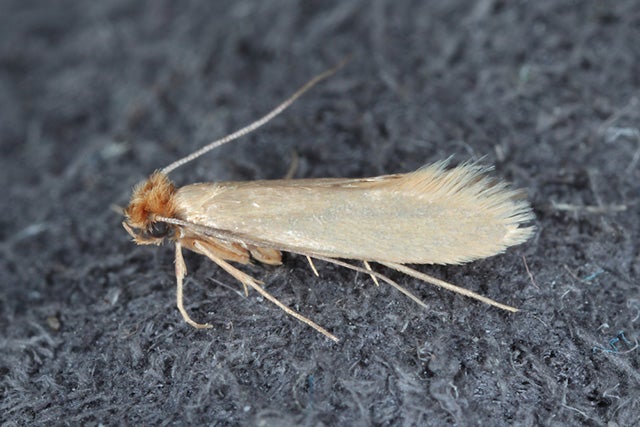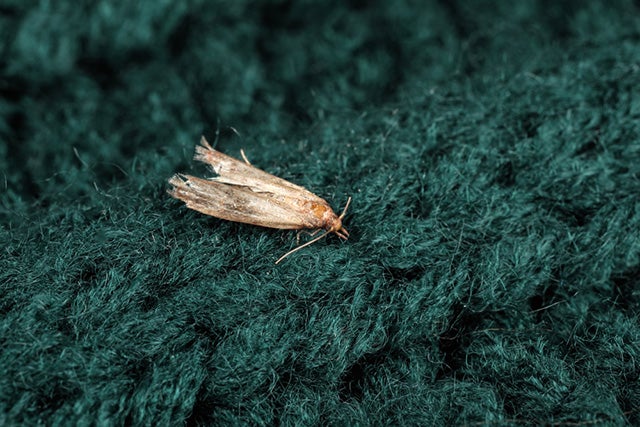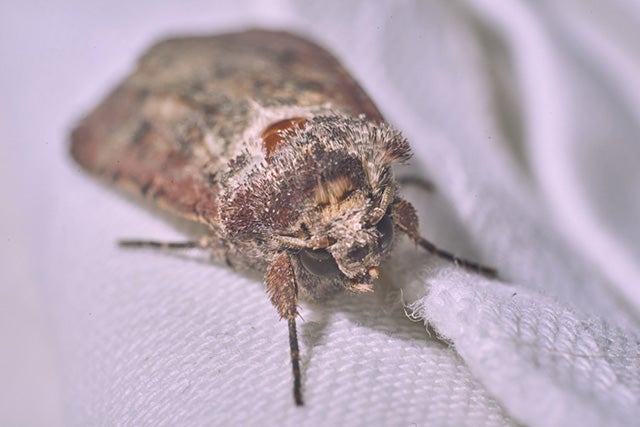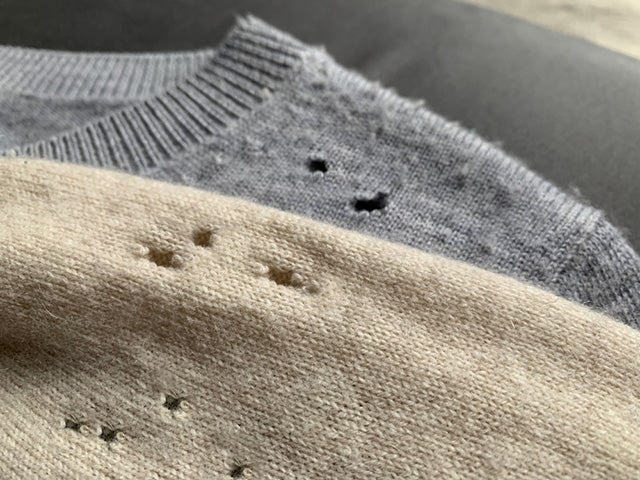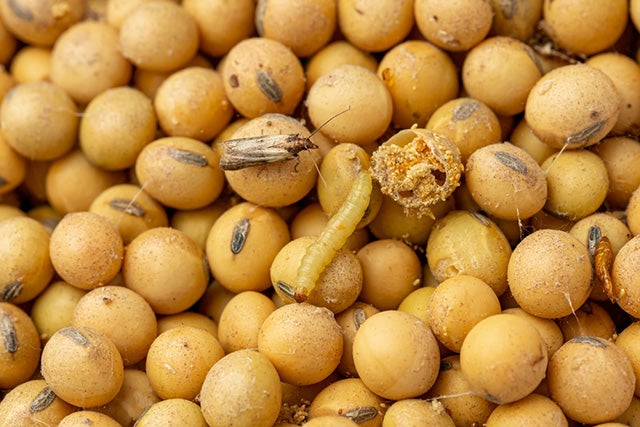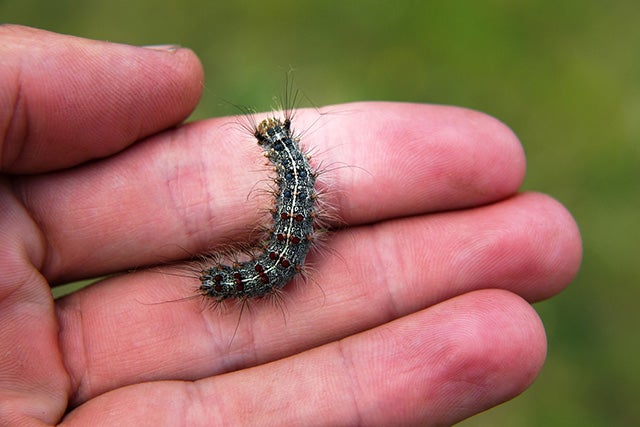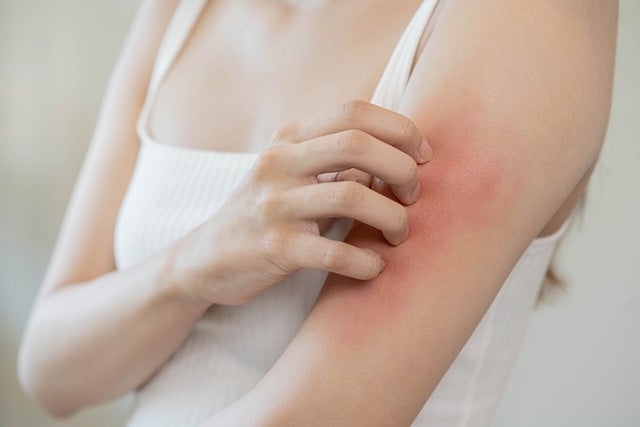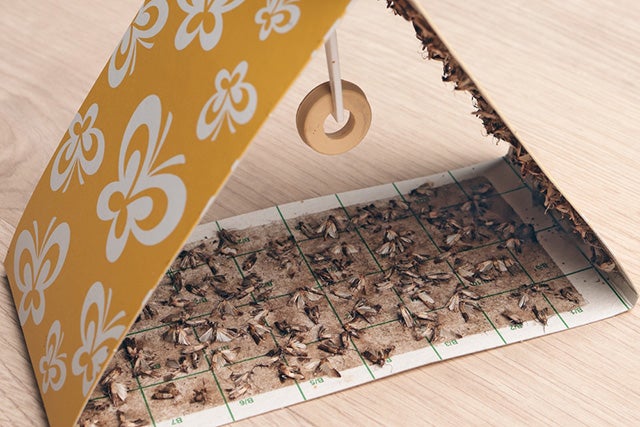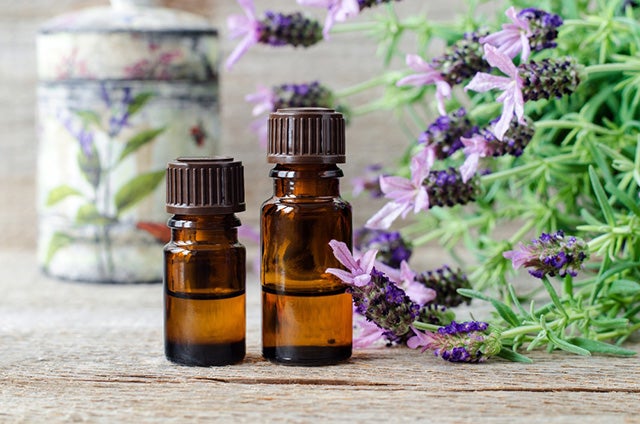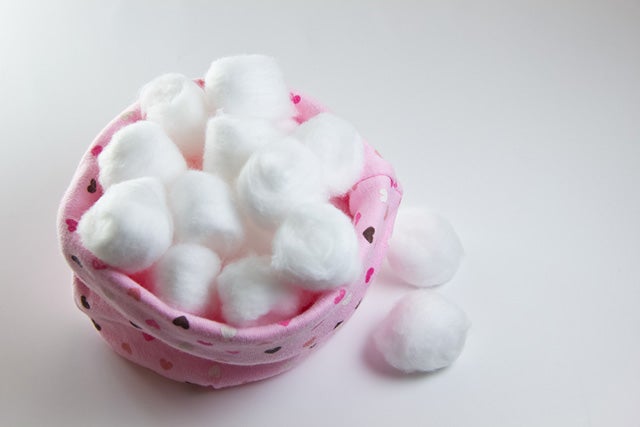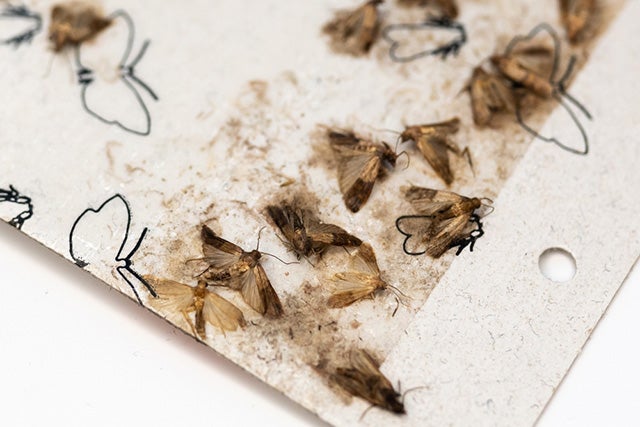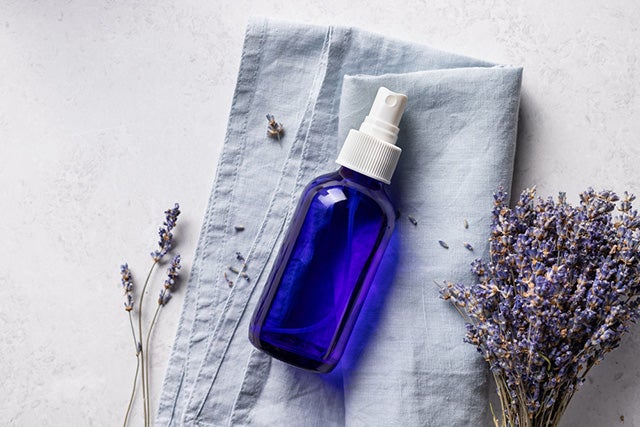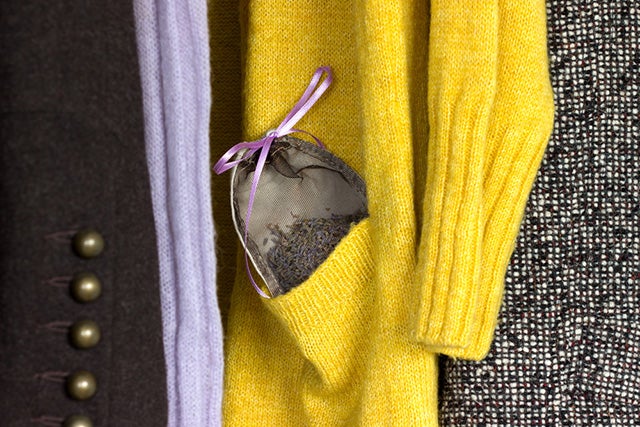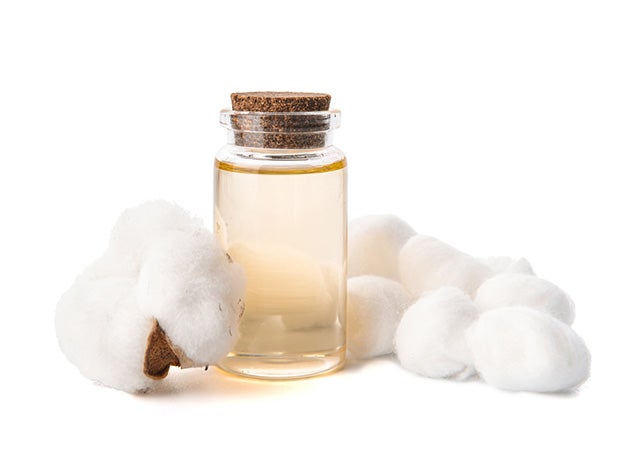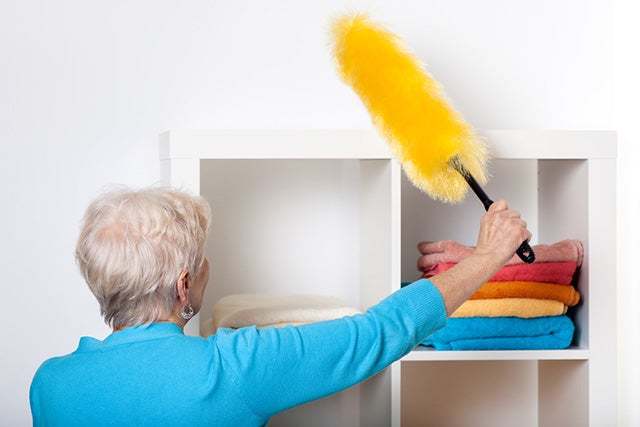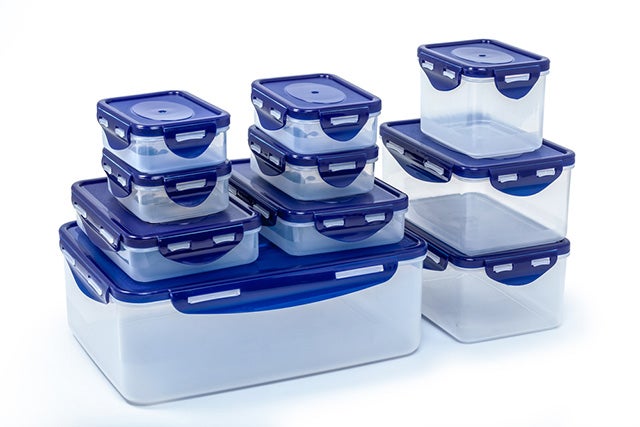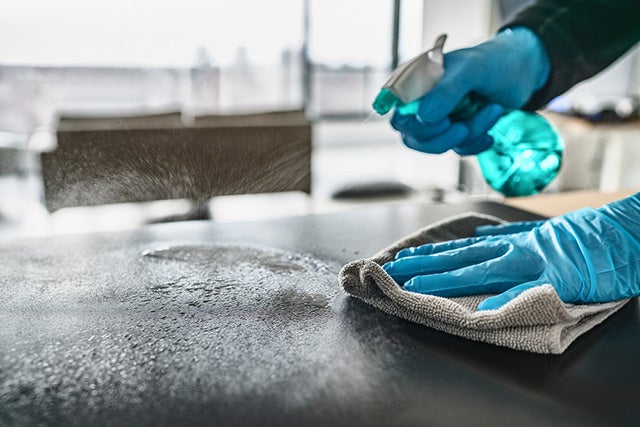Spring means an uptick in the number of pests you’ll find in your home. If you fear a potential moth infestation–or have one on your hands–you’ve come to the right place. In this article, we’ll go over how moths get in your house and how you can get rid of moths naturally.
With this guide, you’ll be able to breathe easy this spring while living a more natural lifestyle.
How Do Moths Get in Your House?
There are a few different ways that moths can enter your home:
- Adult moths can fly into your home when you open the door or a window at night.
- There could be cracks or other structural issues with your house, allowing moths inside.
- Larvae or eggs could be dwelling in used clothes, furniture, or decorations you bought.
- Your clothes might have picked up some larvae or eggs while outside.
To prevent moth infestations, avoid opening doors at night while lights are on inside. Additionally, it’s recommended that you thoroughly inspect any clothing or furniture items you purchase–used or not. You should also wash your clothing immediately after wearing it out.
Why Do Moths Love Drawers and Closets?
If you have a moth infestation, you know that moths prefer dwelling in your drawers, closets, and pantries. Why is this?
Moths are drawn to areas that are dark and musty. Additionally, they prefer to lay their eggs close to a food source. The larvae eat clothing materials like wool and silk as well as starchy foods like flour and oats. This makes drawers, closets, and pantries their ideal haven!
Other things that attract moths include:
- Sweat.
- Oil.
- Certain smells, such as carbon dioxide and flowers.
This means that moths will be especially drawn to your post-workout clothes, your garden, or your bedding.
Are Moths Dangerous?
By and large, moths are not dangerous. There are some things to consider, however.
— Clothing Damage
As mentioned earlier, moth larvae eat through clothing. They prefer clothing items or other materials made from natural materials, such as wool, cotton, or silk sheets. You may have a moth infestation if you notice holes or other damage to your clothing.
— Food Infestation
Pantry moths are known to make themselves at home where the real food is. The larvae eat starchy foods such as flour, bread, or oats. If you see bugs in your food containers or notice your food supply diminishing, it’s possible moth larvae are to blame.
— Lepidopterism
This is a skin reaction caused by contact with moths or moth larvae; butterflies can also trigger it. Common manifestations of lepidopterism include pain, itching, a rash, and other typical dermatitis symptoms. The caterpillar spines can also cause pain and itching if touched.
— Allergies
Like other insects, caterpillars and moths give off substances that can trigger allergies. This effect can be especially pronounced if other insects are present in your home. However, general allergies are unlikely to occur unless you’re already allergy-prone.
How to Get Rid of Moths Naturally
There are several natural moth infestation remedies for those looking to live a more natural lifestyle. Below, I’ve outlined a few essential items and steps to prevent and get rid of moths.
— What You’ll Need
There are a few different items and ingredients you’ll need on hand to both prevent and get rid of moths:
- Sticky traps or natural repellents.
- Herbs or scented oils.
- Airtight containers.
- Cotton balls.
- Sachet bags.
- A vacuum.
- A duster.
- Vinegar.
Remember you might not need all of these items. You’ll have a better idea of which ones you’ll need after reviewing the tips below and picking your favorites.
— Steps to Take
Depending on your preferences and the resources available to you, there are some different ways you can resolve your infestation.
1. Strategically place sticky traps around your home.
When a moth lands on a trap, it will “stick” to it and eventually perish. For the best results, it’s recommended that you put moth pheromones on the trap.
2. Spray your clothing, bedding, and furniture with natural moth repellent.
Most natural moth repellent sprays contain cedar, sometimes with lavender, and few (if any) chemicals. Moths loathe the scents of cedar and lavender and will stay away from the source.
3. Make sachets filled with moth-repellent herbs.
There are a few scents and herbs that are known to repel moths:
- Cedar.
- Lavender.
- Rosemary.
- Thyme.
- Bay leaves.
- Cloves.
- Peppermint.
You can keep moths away by placing sachets filled with a mixture of these herbs around your home. They’ll be especially effective if placed in moth hotspots, such as your closet or pantry. Make sure to replace the sachets about twice a year (once every six months).
4. Place cotton balls scented with essential oil around your home.
The herbs and scents listed above are also effective when used in the form of essential oils. You can either dilute the oils to make a spray or infuse cotton balls with them. If you go the cotton ball route, you should place the scented cotton balls in strategic locations around the house.
5. Regularly vacuum and dust your home.
Prevention is the best medicine. One of the top ways to prevent moth infestations is to keep your home clean at all times. You should especially place emphasis on vacuuming and dusting, as dust, mites, and hair attract moths.
6. Clean your clothing before storing it away.
Moth eggs and larvae can attach to your clothing while you’re outside (or while they’re sitting on the store shelf). For this reason, it’s a good idea to always wash your clothing well before you put it away. A hot water wash can easily kill the eggs and larvae.
7. Store your clothing and food in airtight containers.
This is an especially good idea if you’ll be storing the clothing or food away for long periods. If you keep everything in airtight containers, it will be harder for moths to infiltrate your clothing and food stores.
8. Clean your kitchen pantry and drawers with vinegar.
Vinegar is an acidic cleaning agent that’s perfect for killing any remaining eggs, larvae, or adult moths. If you want to be safe, consider giving your kitchen a good vinegar cleaning once or twice a year.
In the End
In this article, you learned how moth infestations begin and what you can do to end (or prevent) them. You also know that moths are not necessarily dangerous but can cause allergic reactions and clothing/food damage.
This information will equip you to naturally deal with the rise in creepy crawlies this spring and summer.
Which tip are you going to try? Are there any I forgot to mention here?
Photo credit: Tomasz Klejdysz/Shutterstock; New Africa/Shutterstock;
Little Adventures/Shutterstock; J.J. Gouin/Shutterstock;
Maximillian cabinet/Shutterstock; Kmpzzz/Shutterstock;
Nedrofly/Shutterstock; imagenist/Shutterstock;
kazmulka/Shutterstock; biothailand/Shutterstock;
CatwalkPhotos/Shutterstock; Mila Naumova/Shutterstock;
Danilova Janna/Shutterstock; Pixel-Shot/Shutterstock;
Photographee.eu/Shutterstock; My July/Shutterstock;
halilin/Shutterstock; Maridav/Shutterstock
